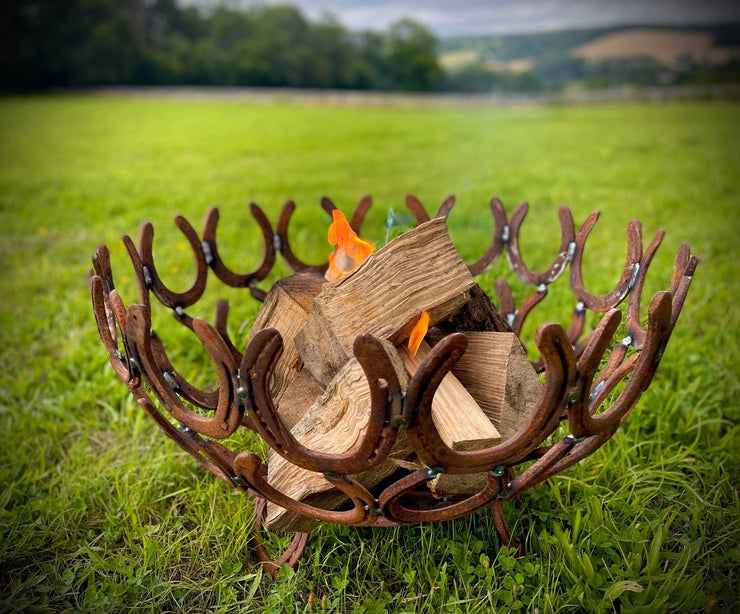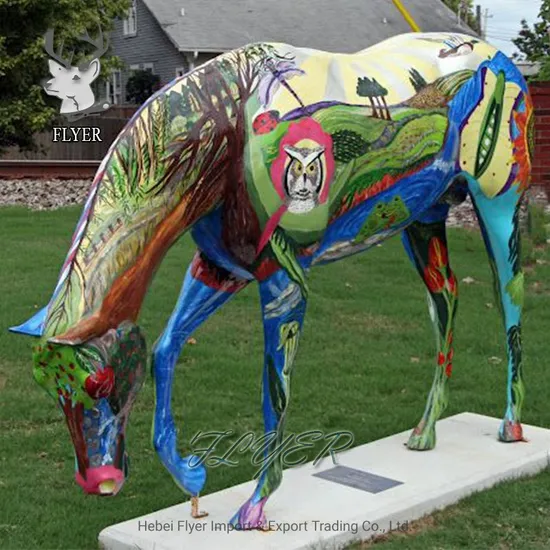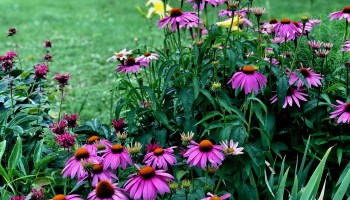The Ultimate Guide to Horse-Friendly Landscaping

Creating a horse-friendly landscape is essential for the health, safety, and happiness of your equine companions. This guide covers everything you need to know to design and maintain a beautiful, functional outdoor space that caters to the unique needs of horses.
Why Horse-Friendly Landscaping Matters

Horses require specific environmental conditions to thrive. Proper landscaping can prevent injuries, reduce stress, and promote natural behaviors. It also helps protect your property and the surrounding ecosystem.
Key Considerations for Horse-Friendly Landscaping
| Aspect | Description |
|---|---|
| Safe Fencing | Use sturdy, visible fencing like vinyl or wood to prevent injuries and escapes. |
| Non-Toxic Plants | Avoid poisonous plants such as oleander, azaleas, and yew. Choose safe grasses and shrubs. |
| Adequate Drainage | Ensure the land drains well to prevent mud and hoof problems. |
| Shelter and Shade | Provide natural or built shelters to protect horses from extreme weather. |
| Durable Ground Cover | Use hardy grasses and ground covers that withstand trampling and provide good footing. |
Designing Your Horse-Friendly Landscape
1. Selecting the Right Plants
- Opt for native grasses and plants that are non-toxic and resilient.
- Incorporate trees and shrubs that offer shade without dropping harmful leaves or fruits.
2. Creating Safe Pathways
- Design trails with compacted gravel or sand to reduce mud and slipping hazards.
- Avoid sharp turns and steep slopes to minimize injury risks.
3. Installing Effective Fencing
- Choose fencing materials that are visible and strong but gentle on horses.
- Regularly inspect and maintain fences to ensure safety.
Maintenance Tips
- Regularly remove toxic weeds and plants.
- Monitor soil health and reseed worn areas.
- Keep water sources clean and accessible.
Frequently Asked Questions (FAQ)
Q1: What plants should I avoid in horse pastures?
A1: Avoid plants like ragwort, nightshade, buttercup, and bracken fern, as they are toxic to horses.
Q2: How much space does a horse need?
A2: Ideally, each horse should have at least 1.5 to 2 acres of pasture to graze and exercise.
Q3: Can I use mulch around horse areas?
A3: Use caution with mulch; some types can be harmful if ingested. Opt for horse-safe materials like straw or wood chips.
Conclusion
Horse-friendly landscaping is a blend of safety, functionality, and aesthetics. By carefully selecting plants, designing safe spaces, and maintaining the environment, you can create a thriving habitat for your horses that also enhances your property’s beauty and value.
